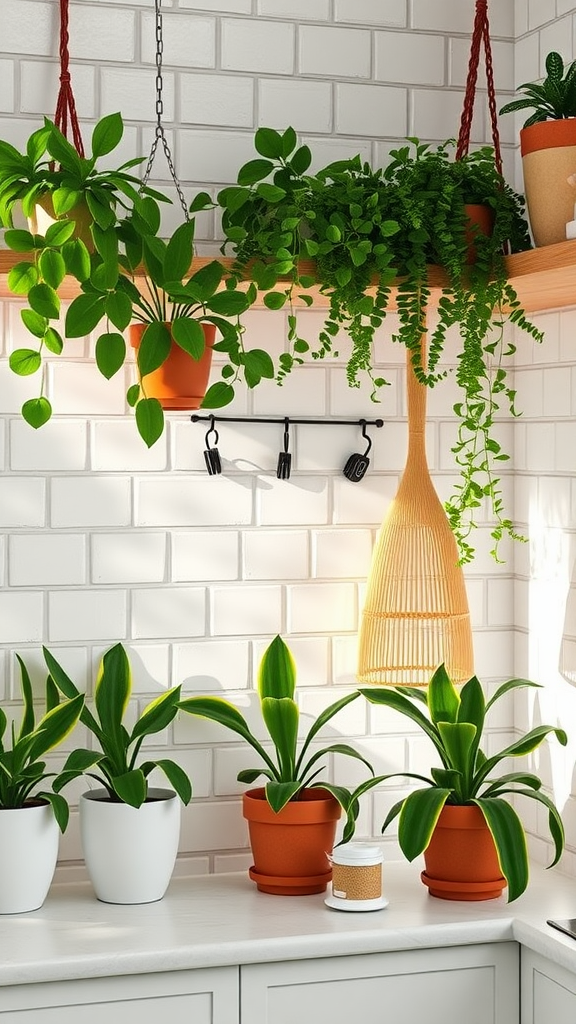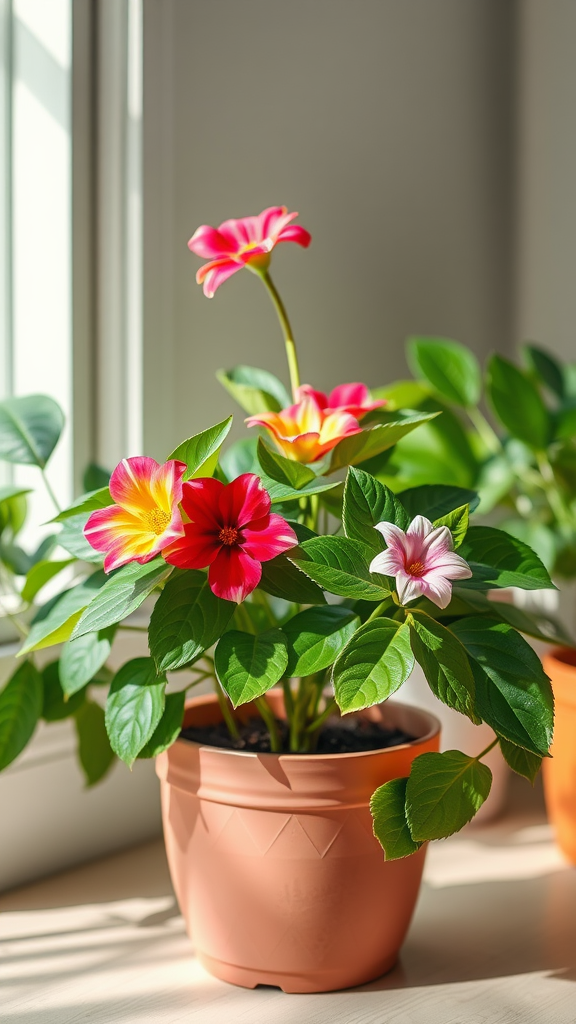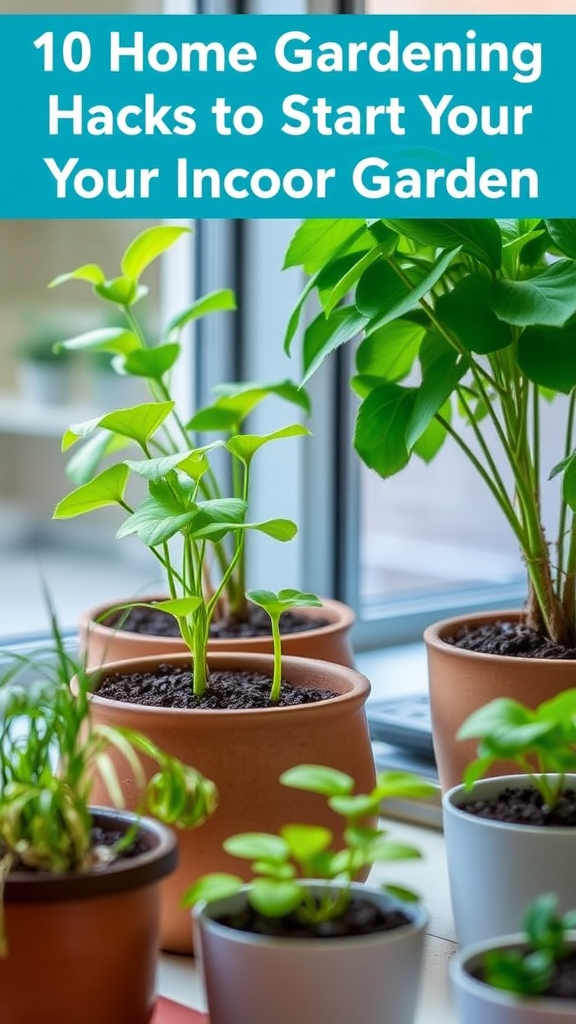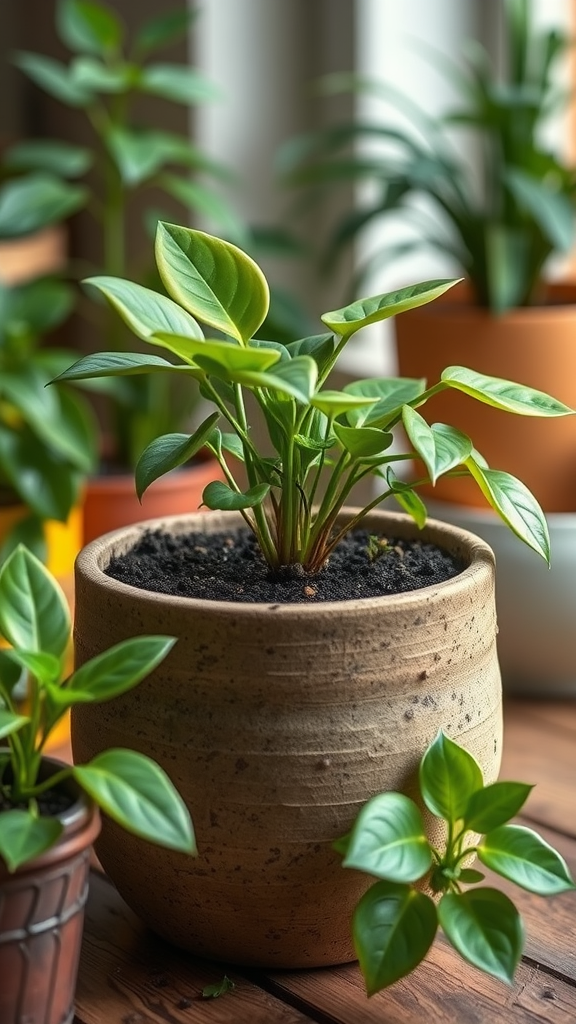The Benefits of Adding Kitchen Plants to Your Cooking Space
When you think about enhancing your cooking space, have you considered the impact of greenery? Adding plants to your kitchen can transform the atmosphere, boost your mood, and even improve your cooking experience. Let’s explore the awesome benefits of incorporating kitchen plants into your cooking area.
The Aesthetic Appeal
First and foremost, kitchen plants can brighten up your space. A pop of green can make your kitchen feel more vibrant and welcoming. Whether it’s a hanging fern or a small potted herb, each plant adds character and warmth. You can choose creative pots or interesting layouts that match your style.
Improved Air Quality
Plants are natural air purifiers. They absorb carbon dioxide and release oxygen, helping to improve indoor air quality. This is important in a kitchen where cooking often generates smoke and steam. Some plants, such as spider plants or peace lilies, are particularly effective at filtering out toxins. By adding these types of plants, you can breathe easier while you cook.
Fresh Ingredients at Your Fingertips
Imagine snipping fresh herbs from your own indoor garden while preparing a meal. Having herbs like basil, parsley, or cilantro within arm’s reach encourages you to elevate your cooking. Not only do they add flavor, but fresh herbs are also packed with nutrients. They are a fantastic way to enhance your dishes without relying on processed ingredients.
Stress Reduction
Cooking should be an enjoyable experience, and plants can facilitate that. Studies show that interacting with plants can reduce stress and promote a calm atmosphere. Taking a moment to care for your plants or simply being surrounded by them can provide a mini escape from everyday stressors. As you chop, sauté, or mix, the presence of green can keep you relaxed and centered.
Educational Opportunities
Gardening in the kitchen can also be a fun learning experience. If you have kids or family members who love to help out, involving them in plant care can spark curiosity about nature and healthy eating. Teaching them how to grow and maintain plants fosters responsibility and an appreciation for fresh food.
Enhancing the Flavor of Your Cooking
Using homegrown ingredients can significantly enhance the overall flavor of your meals. Homegrown plants have a freshness that store-bought options can’t compete with. The moment you cut a sprig of rosemary or a handful of chives from the pot, you’ll notice the aroma instantly lifts the dish you’re preparing. Everything tastes better when it’s fresh!
Creating a Personal Space
A kitchen filled with plants reflects your personality. It turns an ordinary cooking area into a personal oasis. Choose plants that resonate with you, whether they are vibrant succulents or fragrant herbs. This way, every time you step into your kitchen, you feel connected to your space.
Tips for Choosing Kitchen Plants
If you’re considering bringing plants into your kitchen, here are some tips for selecting the right ones:
- Consider sunlight: Assess how much natural light your kitchen receives. Herbs like mint and basil thrive in bright light, while snake plants prefer lower light.
- Space constraints: Choose plants that fit your available space. Hanging plants or vertical gardens can work wonders in smaller kitchens.
- Maintenance level: Some plants require more care than others. Select plants that match your lifestyle. If you’re busy, opt for low-maintenance varieties like spider plants or pothos.
- Edibles vs. decoratives: Determine whether you want plants for cooking or simply for decoration. Both types can co-exist beautifully in your kitchen.
Investing in kitchen plants can lead to a more enjoyable, healthier, and aesthetically pleasing cooking space. With the right plants, you can take your culinary experience to new heights, making every meal a celebration of freshness and flavor. So, get started on your indoor garden today and elevate your cooking journey with a touch of greenery!
How to Care for Your Kitchen Plants for Maximum Freshness and Flavor
Your kitchen plants are more than just decor; they can enhance your cooking with fresh flavors and aromas. To keep them healthy and thriving, you’ll want to put in a little effort in care. Here’s how to maintain your kitchen plants for maximum freshness and flavor.
Light Conditions
Plants, like herbs and small vegetables, need the right amount of light. Here’s how to optimize light for your kitchen plants:
- Assess the Natural Light: Observe how much light enters your kitchen at different times of day. Most herbs prefer bright, indirect sunlight.
- Rotate Your Plants: To ensure even growth, rotate your plants weekly to give all sides equal exposure to light.
- Use Grow Lights: If your kitchen lacks natural light, consider using LED grow lights. These can provide the necessary spectrum for photosynthesis.
Watering Techniques
Watering is crucial for the well-being of your kitchen plants. Here are some tips:
- Check the Soil: Before watering, check if the top inch of the soil is dry. Over-watering can lead to root rot.
- Use Room Temperature Water: Cold water can shock your plants. Use water that is at room temperature to keep them comfortable.
- Water at the Base: Instead of watering the leaves, water at the base of the plant. This method directs moisture to the roots where it’s needed.
Feeding Your Plants
Fertilizing your kitchen plants gives them essential nutrients for growth. Here’s how to do it effectively:
- Choose the Right Fertilizer: Opt for a balanced, all-purpose fertilizer. If you’re growing herbs, consider a liquid fertilizer high in nitrogen.
- Frequency: Feed your plants once a month during the growing season (spring and summer) and reduce frequency in fall and winter.
- Follow Instructions: Always follow the package instructions for dosage. Over-fertilizing can harm your plants.
Pest Management
Pests can ruin your kitchen plants. Here’s how to keep them at bay:
- Regular Inspection: Check your plants regularly for signs of pests like aphids or spider mites.
- Natural Remedies: Use natural pest control solutions like neem oil or insecticidal soap to combat pests.
- Companion Planting: Some plants naturally repel pests. Consider growing marigolds or basil alongside your herbs.
Humidity and Temperature
Your kitchen’s humidity and temperature can affect the growth of your plants. Follow these steps:
- Maintain Humidity: Many herbs prefer humid environments. If your kitchen is dry, consider placing a humidifier nearby or a pebble tray with water under your pots.
- Optimal Temperature: Aim for a consistent temperature between 65°F to 75°F (18°C to 24°C) for most kitchen plants.
- Avoid Cold Drafts: Keep plants away from windows that might have cold drafts, as sudden temperature changes can stress them.
Harvesting Tips
To enjoy the freshest flavors from your kitchen plants, proper harvesting is key. Here’s how:
- Harvest Regularly: Regularly snip off leaves or stems. This encourages new growth and keeps your plants healthy.
- Use Clean Tools: Always use clean, sharp scissors or shears to prevent damage and infections.
- Know When to Harvest: Each herb has its peak time for harvest. Research specific herbs to maximize flavor and freshness.
Taking care of your kitchen plants doesn’t have to be complicated. With the right light, watering, feeding, and harvesting techniques, your plants will thrive, adding ultimate freshness and flavor to your dishes. So roll up your sleeves and dive into the rewarding task of nurturing your culinary companions!
Conclusion
Adding kitchen plants to your cooking space not only elevates the aesthetic appeal of your kitchen but also enhances your culinary experience. The benefits are numerous: fresh herbs like basil and cilantro infuse your dishes with vibrant flavors, while decorative plants like succulents and pothos bring a sense of calm and tranquility. Establishing a mini-garden within your kitchen allows you to merge functionality with beauty, making your cooking area feel more inviting.
To fully enjoy the advantages that kitchen plants offer, understanding how to care for them is crucial. Regular watering, appropriate light exposure, and love can transform your herbs into bountiful contributors to your meals. Fresh herbs thrive best when they are snipped regularly, encouraging new growth and ensuring maximum flavor in your dishes. Don’t shy away from exploring various pots and placements that not only provide the right conditions for growth but also complement your kitchen décor.
Creating a lively cooking space with plants can inspire creativity and joy in your culinary endeavors. The act of caring for your plants can even become a delightful ritual, allowing you to connect more with the ingredients you use. So, whether you’re whipping up a simple salad with freshly plucked basil or just enjoying the beauty of your green companions, remember that these kitchen plants can vastly enrich your cooking life. It’s time to embrace the green and invigorate your kitchen atmosphere—your taste buds, and your spirit, will surely thank you!





